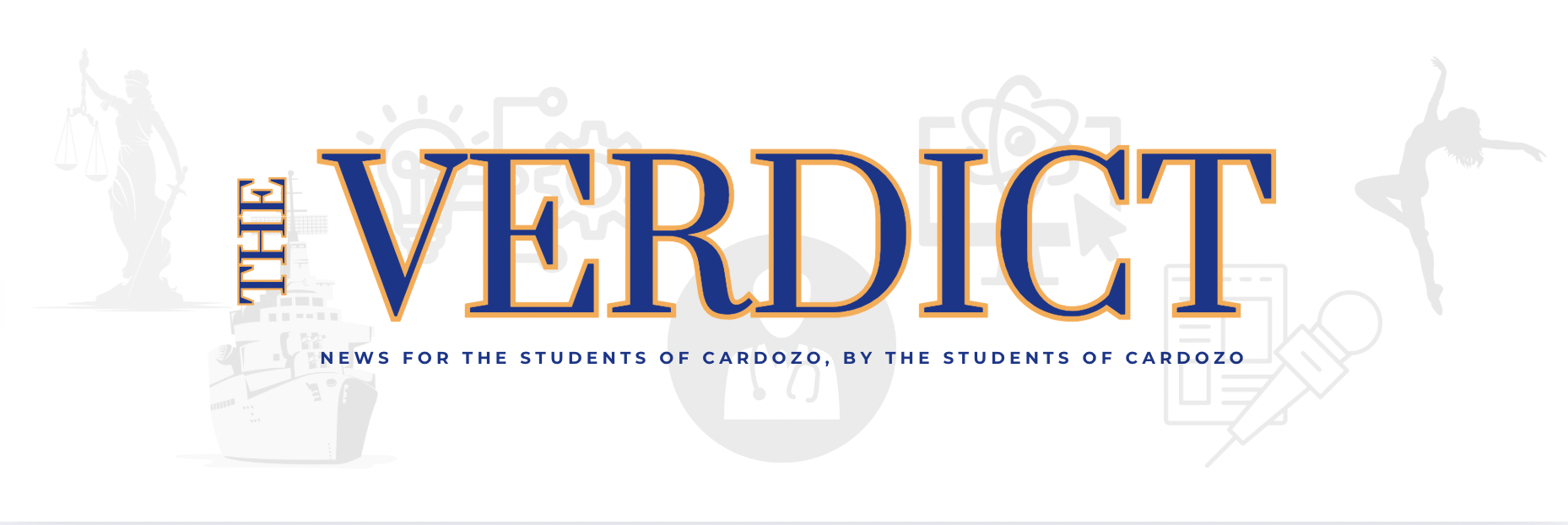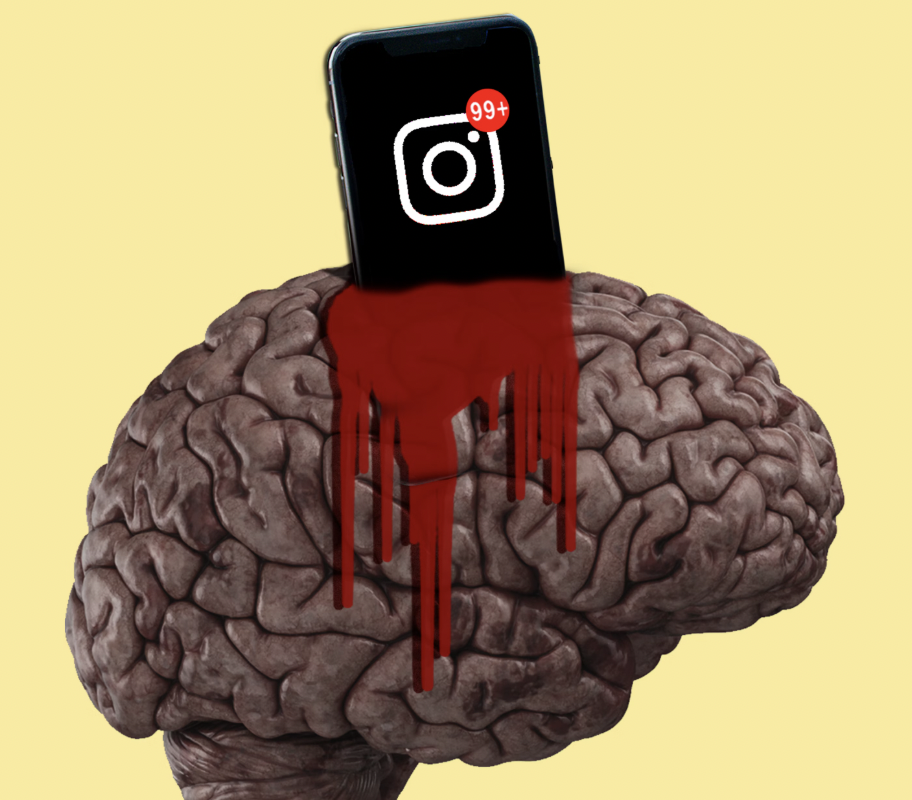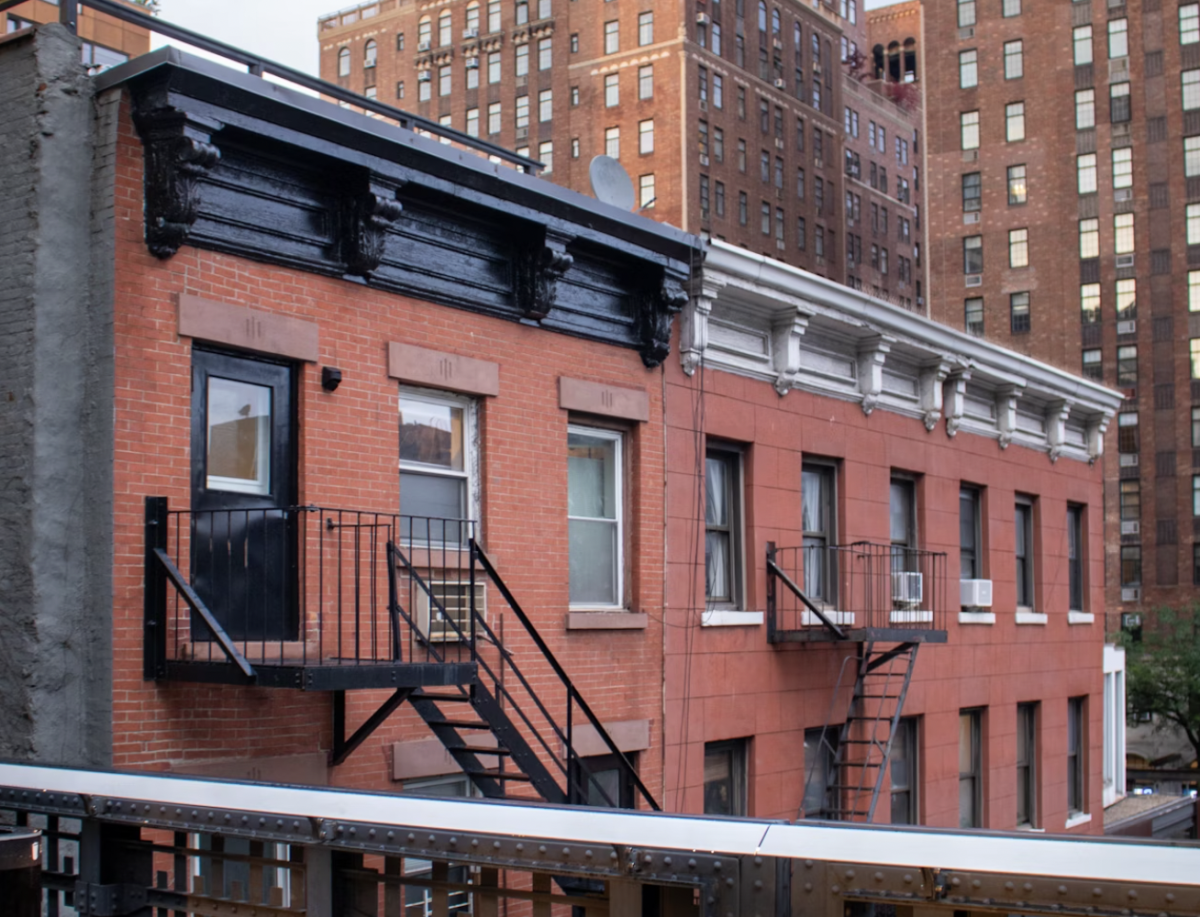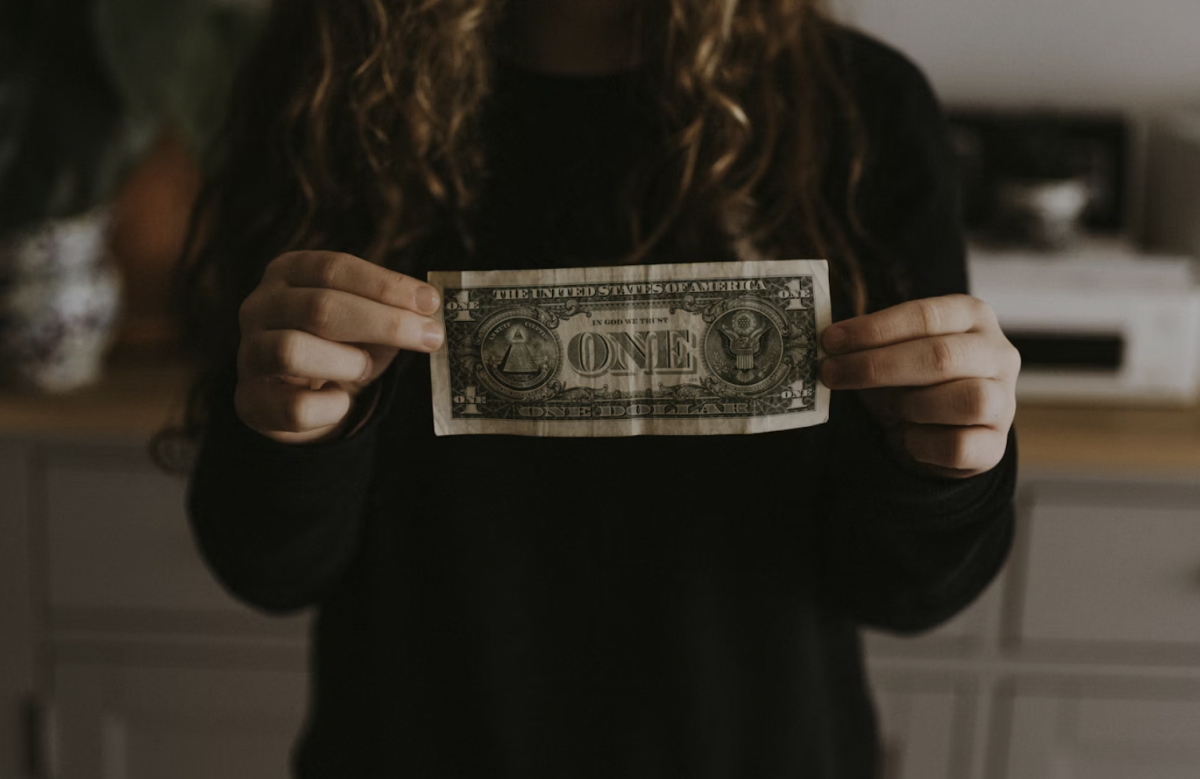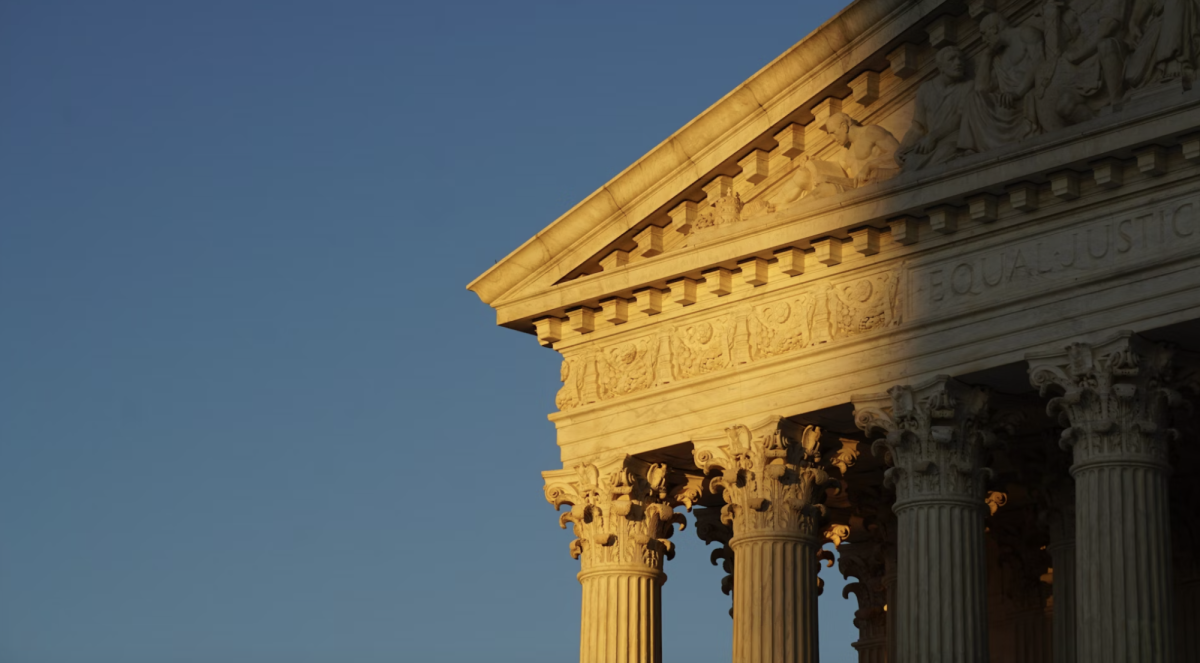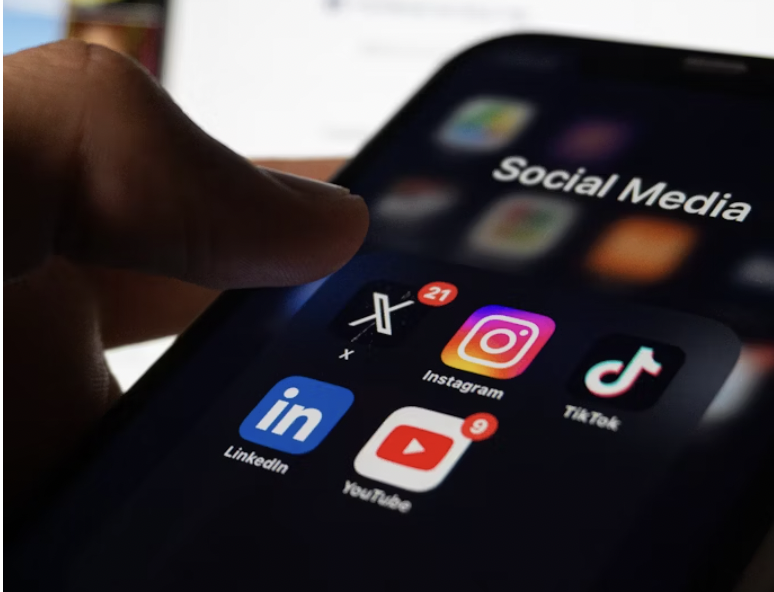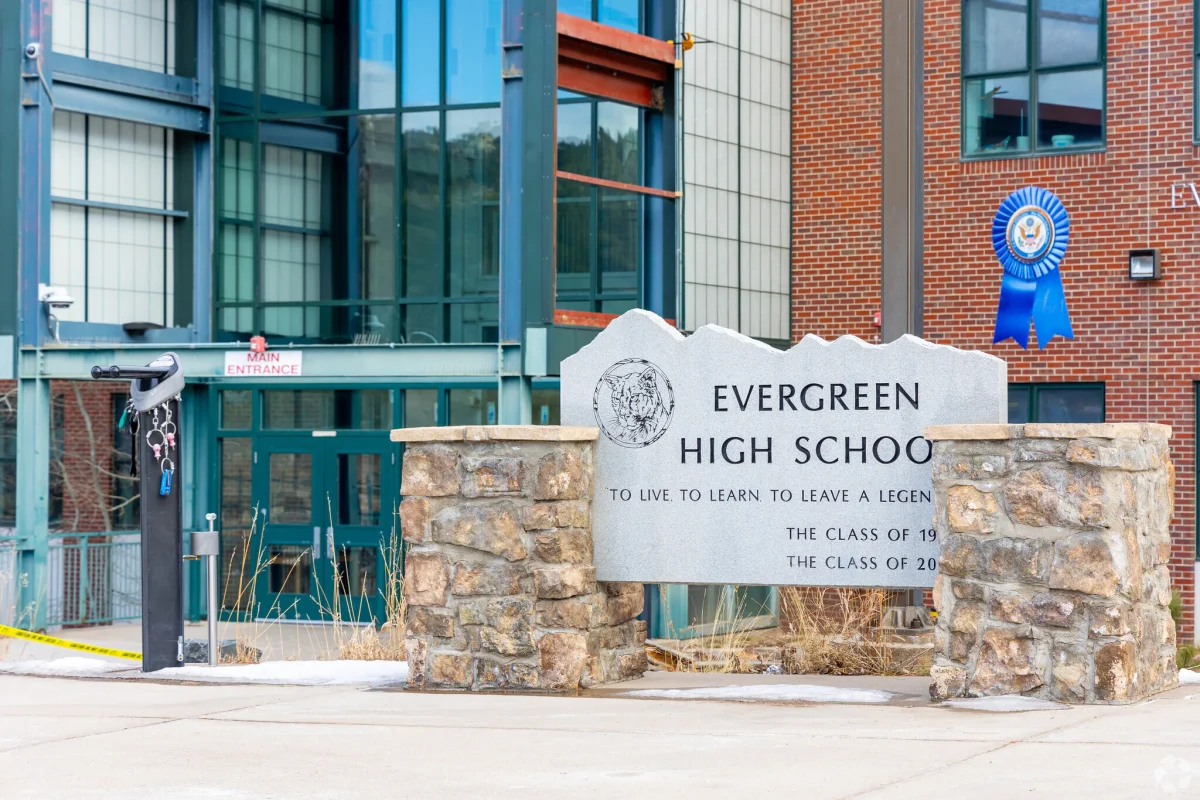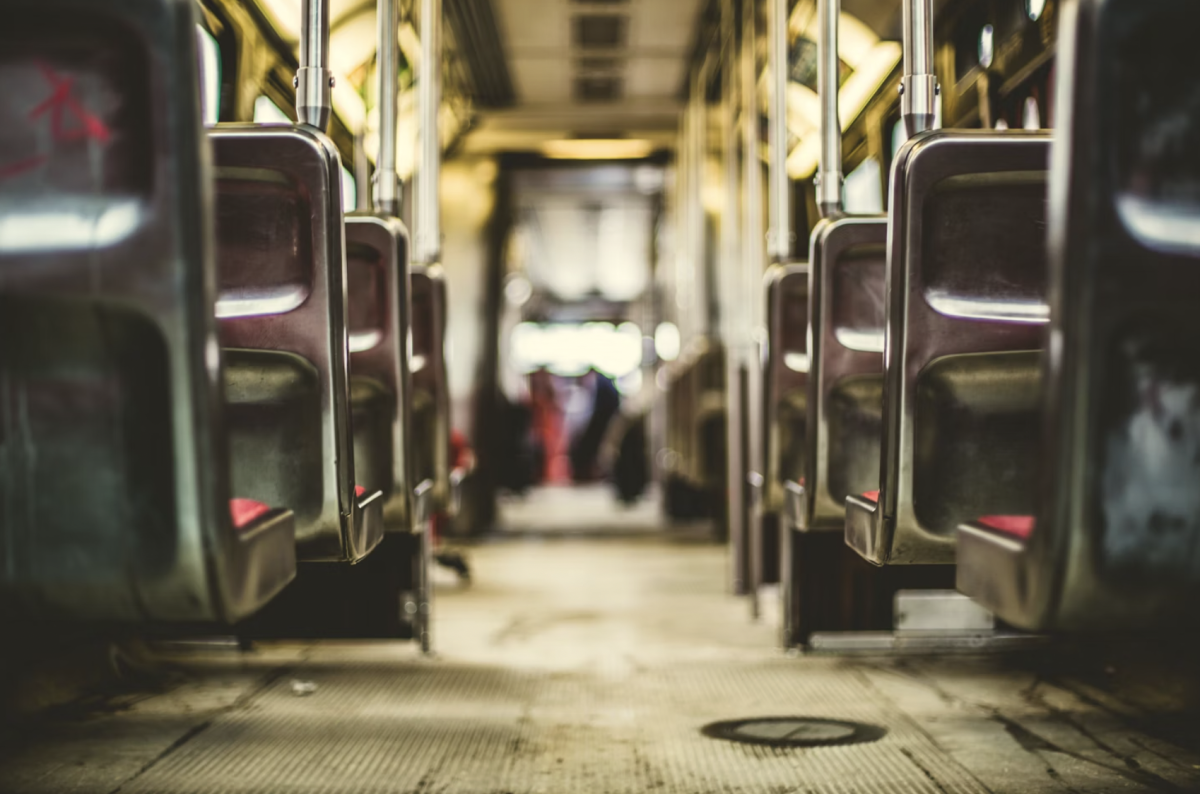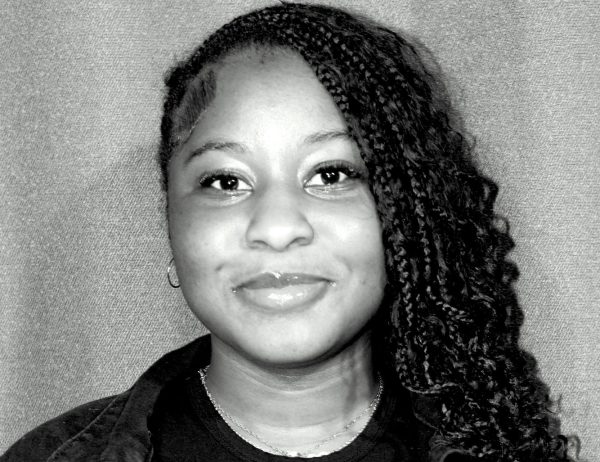Social media has completely changed the way that art is produced, shared, and valued — transforming the field of modern art.
By erasing traditional structures and allowing artists to communicate directly with audiences worldwide, social media sites like Instagram, Facebook, Twitter, and TikTok have opened up the art industry. These unique platforms have inspired an exciting and creative time for ideas, shaped by interaction, quickness, and a division of the lines between art and daily life.
The growth of visual culture is one of social media’s most important effects. Our ability to see has increased due to the constant supply of pictures, making us more observant and sensitive to design and aesthetics. In response, artists create visually striking and easily shared pieces, frequently using dramatic designs, graphic patterns, and bright colors.
New forms of creativity that are useful for the world of technology, like digital art, GIFs, memes, and hands-on structures, have also developed as a result of social media. By encouraging people to actively participate in the creative process, these styles place importance on engagement. Social media makes it possible for artists from all over to work together on creative projects, bringing together a variety of cultural ideas and perspectives.
To promote a sense of connection and shared ownership of the artwork, artists can also ask for feedback and have conversations with their audience. Additionally, social media has developed into an effective tool for artists’ marketing. Through internet platforms, they can display their artwork, develop a fan base, and even sell their artwork to collectors directly.
This avoids the traditional gallery structure, which may be stressful and difficult for up-and-coming artists to use. Without being restricted by artistic interpretation, social media also gives artists the freedom to tell their stories and display their work however they see fit. Modern art’s impact and influence have been increased by the development of online art communities and art influencers.
While social media platforms offer spaces for artists and art lovers to interact, exchange ideas, and offer support to each other, these influencers organize and promote work to their audience. Social media’s impact on modern art also comes with some challenges. The focus on popularity and appealing looks may put visible appearance before deeper meaning.
Artists may be forced to follow the trends by the pressure to create viral content, which might prevent creativity and originality. Social media’s short-term characteristics may even decrease the art’s lasting impact because photos are frequently replaced by more recent and more pleasing ones. The ability to copy someone’s else’s art as your own is also a huge concern.
On top of that, social media’s algorithm-driven structure can produce negative spaces, which restrict access to different types of opinions and strengthen already-known views. Despite these obstacles, social media continues to transform modern art by providing artists with new chances to interact amongst themselves, produce, and question traditional concepts of art.
Social media has permanently changed the art world, making it lively, welcoming, and open to the always-changing cultural location by expanding access, encouraging partnership, and opening up opportunities for creation.
